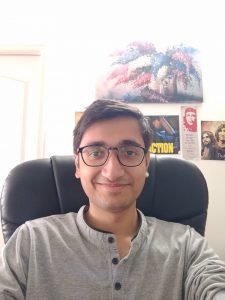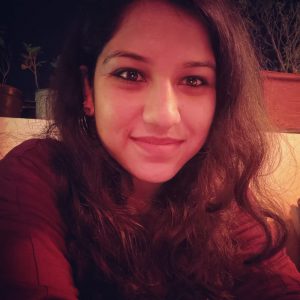
Collective Action to Celebrate Innovative Pedagogy on a National Platform at Vidya Amrit Mahotsav
Similarly, the national education festival — Vidya Amrit Mahotsav — was a collective effort. Different stakeholders: Sarkaar (state) actors on national, state and local levels and Samaaj (civil society) players came forward to enable teachers, teacher educators and school leaders to document and showcase the innovations that they carry out in their schools every day.


How can others undertake similar orchestration efforts?
Scale is a key idea. Each element of the program has to work at scale and across scale. VAM evaluation framework, for instance, must not only work in a huge state like Uttar Pradesh with 75 districts and hundreds of blocks, but also in a Union Territory like Chandigarh with 1 district 1 block. The design and orchestration work has to be generic enough so that the same imagination persists across geographies, but specific enough that the specific challenges of a geography can be addressed.
- Design simple: The simpler the elements of a program, the easier the orchestration effort. When a design is simple, states/ UTs think of contextualising it, making the program their own. At VAM, Andhra Pradesh and Jammu and Kashmir, upon understanding the idea, picked it up and could encourage teachers and school leaders to share innovations.
- Design inclusive: A major requirement of any orchestration effort is to make sure that timelines do not become a bottleneck since different actors / stakeholders work on different timelines. Nationally, the orchestrating body might move slowly since they are trying to brainstorm and design for the most generic requirements, most shareable collaterals. In a given district, where the orchestration effort is more focused, things might move faster.
- Outreach across stages, levels, mediums: A significant portion of orchestration work is planning for good outreach, ensuring program discovery for a user. Teachers, teacher educators and school leaders have to know about a program to be enthused about it. Also, States/UTs need collaterals in different forms—written, recorded, workshops, etc. These collaterals build their understanding and are for sharing with other intermediary actors (district, block, cluster officials) or users (teachers and school leaders).
- Iterate: Orchestration is often iterative work, where information has to be repeatedly highlighted before things are set in motion. For states, for instance, key messages have to be highlighted and collaterals re-circulated.
Meet the Authors

Ayush Mukherjee
Ayush is an educationist and editor, looking to make systems and stories a little bit different than they are now. He mixes his Engineering and Education degrees by geeking over all things aesthetic and mathematical. Today, he sits with the Programs team at ShikshaLokam, understanding the needs of states and stakeholders, designing and orchestrating interventions for them.

Ayush Mukherjee
Ayush is an educationist and editor, looking to make systems and stories a little bit different than they are now. He mixes his Engineering and Education degrees by geeking over all things aesthetic and mathematical. Today, he sits with the Programs team at ShikshaLokam, understanding the needs of states and stakeholders, designing and orchestrating interventions for them.

Mansi Nema
Mansi ardently believes in being someone whom she needed when younger and this has been her guiding star to work in the education sector. She has been a Young India Fellow and worked in the CSR consulting space before joining the Programs team in ShikshaLokam. She currently works with central institutions to design interventions for enabling education leadership in India.

Mansi Nema
Mansi ardently believes in being someone whom she needed when younger and this has been her guiding star to work in the education sector. She has been a Young India Fellow and worked in the CSR consulting space before joining the Programs team in ShikshaLokam. She currently works with central institutions to design interventions for enabling education leadership in India.
